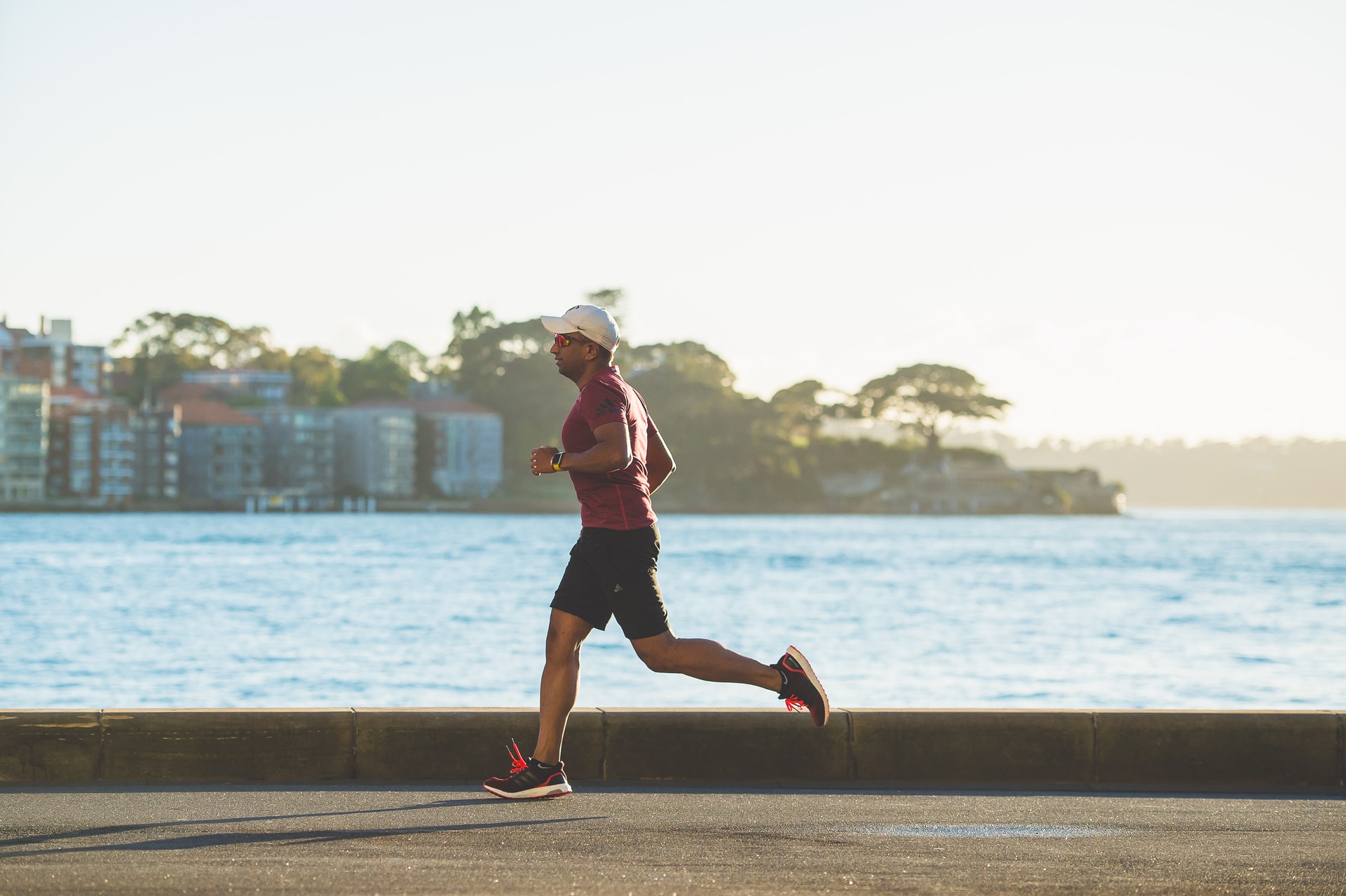
Some people get up early in the morning, often at inhuman hours, to start their day actively, while others treat training as the icing on the cake and the perfect end to the day
These two camps are rarely able to understand each other, which is why the question of what time is best for activity arises.
With our busy schedules, it’s hard to find time to exercise, so it’s worth noting at the outset that any physical activity, regardless of the time, undoubtedly has a beneficial effect on our bodies.
Between juggling a career, social life and additional obligations we sometimes find it difficult to squeeze in a workout, even if we know that it is necessary for our health and well-being. When time is scarce and we have set specific fitness goals, it would be good to know if there is any optimal time of the day that would contribute to achieving them as soon as possible. So let’s try to get to that.
Both morning and evening exercise have both health benefits and potential pitfalls, but for most people, the right time to exercise doesn’t depend on how many calories we burn in cardio or how much we lift in strength training – it’s mostly about how we feel when we exercise and how exercise fits into our daily schedule.
Logistically, the benefits of a morning workout are many. First, by the time we actually start a new day, we are already done. This means that we go into new challenges with endorphins and a good feeling, knowing that by 9am we have achieved something that some people don’t achieve all day.
What’s more, we get the workout out of the way and don’t have to worry about it in the evening. This realization alone is a huge relief, giving us time and space to cook dinner, socialize with friends or relax.
Research also supports the idea of morning exercise. A study published in Medicine and Science in Sports suggested that people who were active in the early hours were less likely to be distracted by unhealthy foods and maintained healthier habits throughout the day than those who did not exercise in the morning
Additional benefits of going to the gym in the morning include increased metabolism, which means calories are burned throughout the day, when we eat them, rather than at night when we sleep.
While it certainly seems that the morning is the ideal time to exercise, fitting in a workout in the afternoon or evening has its proven benefits.
Planning an evening workout can mean we don’t have to get out of bed early in the morning, but there’s more! One Trusted Source study found that the body’s capacity for peak performance is between 2 p.m. and 6 p.m. During this time, body temperature rises, optimizing muscle function and strength, enzyme activity and endurance for performance.
So, which hour is best? While the science and research seem contradictory, one thing is clear: exercise is important, no matter what time of day it is. What really matters is finding the right time of day that fits our individual schedule and that we can make part of our routine. By maintaining a consistent workout regime at the same time each day, you can achieve the greatest workout gains.
Main photo: Chander R/unsplash.com